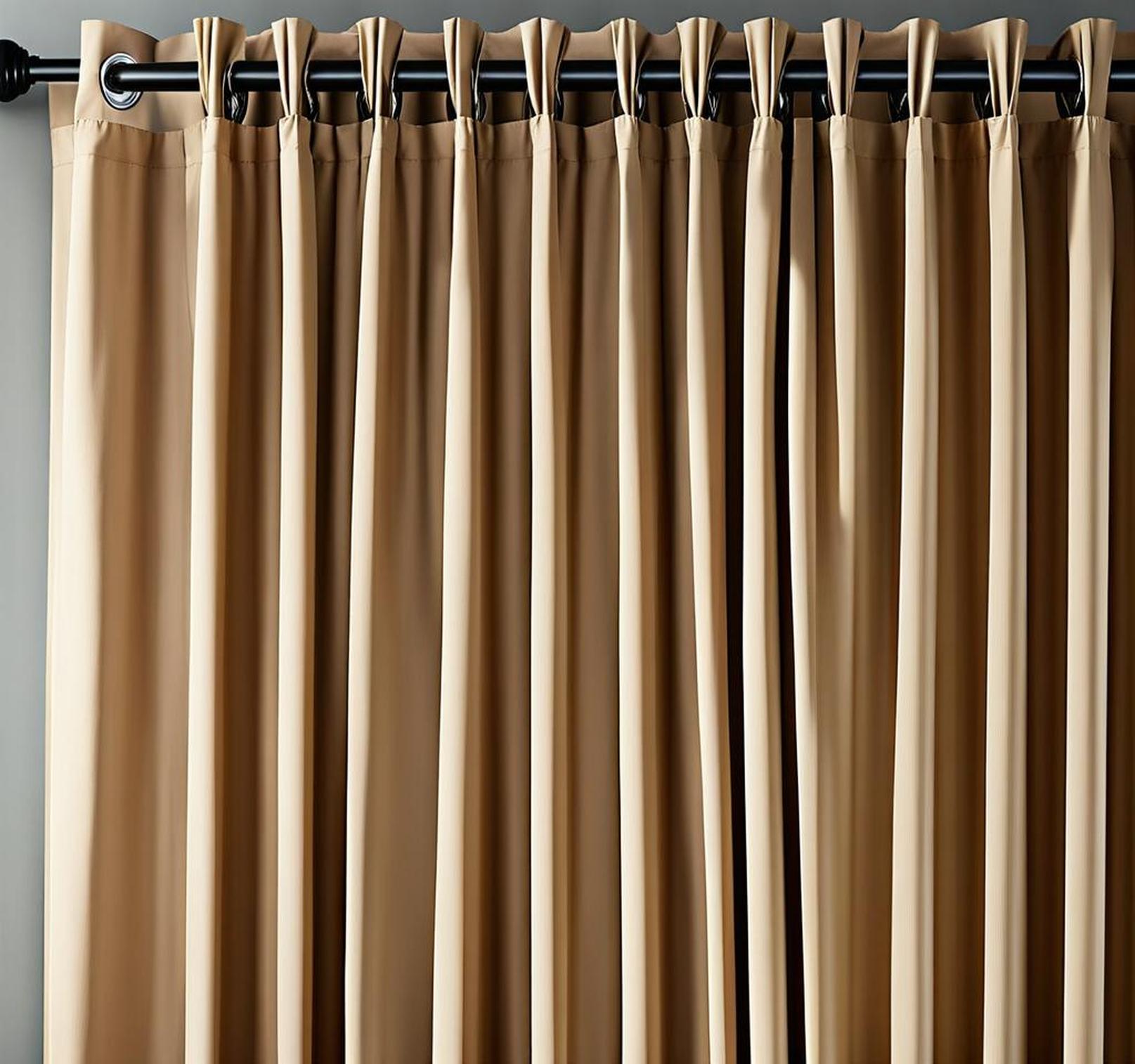Hanging curtains can be a tricky endeavor. Get the length wrong, and your windows can end up looking messy, unmatched, and just plain wrong. But have no fear – with this complete guide, you’ll have the inside scoop on choosing curtain lengths that perfectly suit your windows.
We’ll walk you through everything you need to know to select the right curtain lengths for a polished, professional look in any room.
Standard Curtain Lengths and Sizes
Before deciding on a curtain length, it helps to understand the most common curtain dimensions available. Curtains come in standard widths and lengths to suit typical window sizes.

Common Curtain Widths
Most curtain panels come in widths of 44″, 66″, or 90″. Wider panels will provide a more luxurious, gathered effect when hung since the fabric can stack and drape softly on either side of the window.
Standard Curtain Lengths
Lengths for ready-made curtains generally range from 63 inches all the way up to 120 inches. The most popular pre-determined lengths are:
- 84 inches
- 96 inches
- 108 inches
The right length depends on your desired appearance, ceiling height, and other factors we’ll discuss shortly.
Other Standard Sizes
Some specific curtain styles also come in conventional sizes:
| Blackout curtains | 63″, 84″, 96″ |
| Sheer curtains | 63″, 84″, 96″ |
| Tab-top curtains | 63″, 84″, 96″ |
| Grommet curtains | 63″, 84″, 96″ |
Measuring Window Height
The first step in determining curtain length is to carefully measure the height of your window. This will establish the baseline minimum length needed. Use a steel tape measure for accuracy.
Measure from the top of the window molding down to where you want the curtains to end – typically the floor or windowsill. Add at least an extra 2 inches to provide a margin of error. Precision is key here!
Factor #1: Desired Curtain Floor Length
Once you know the minimum size, decide if you want floor length curtains that puddle on the ground for drama, sill length curtains that hit right at the bottom of the window, or a mid-length cafe style. Each has its benefits:
Floor Length
These provide elegance and gravitas. Allow the curtains to stack attractively on the floor. Best for formal spaces.
Sill Length
Neat and tailored. Good for kitchens and baths where fabric might get dirty. Less formal.
Mid-Length
Trendy cafe style hits at shin height. Casual chic.Allows more light in while still providing privacy.
Our recommendation is to go for timeless floor length curtains in most spaces for a luxe look.
Factor #2: Curtain Stack Back Height
Stack back refers to the amount of height curtains take up when opened fully. To accommodate this, add the stack back measurement to your minimum window height.
As a rule of thumb, assume each 22 inches of curtain length will stack back 7-12 inches when opened. So for the popular 96 inch length, plan on an added stack back height of 30-40 inches.
Factor #3: Curtain Rod Placement
Allow sufficient space between the top of your window and the curtain rod to enable the curtains to open and close properly. Mount the rod at least 2-3 inches above the window molding, though up to 6 inches is ideal.
Higher placement also gives the illusion of taller windows. Just make sure to account for this added height when selecting your curtain length.
Special Considerations
For extra large or uniquely shaped windows like arched or circular, custom curtain sizes are likely needed. Standard widths and lengths won’t properly fit the window.
High ceilings also require adjusting curtain length so the panels don’t look too stubby. Likewise account for any additional hardware like holdbacks or finials that add length.
Choosing the perfect curtain length comes down to accurately measuring your windows, determining ideal floor length, calculating stack back, and properly mounting the rod. Referring to standard curtain sizes is a good starting point.
You can use the tips in this guide to select curtain lengths. Properly sized curtains lend a polished, elegant look to any room. Happy hanging!
